Have you ever wondered how a tiny, slimy tadpole transforms into a hopping, croaking frog? The life cycle of a frog is a fascinating process that takes place in three distinct stages, each with its own unique features and challenges. From the moment they hatch from their eggs to their final transformation into an adult, frogs undergo a remarkable journey that is both intricate and beautiful. In this article, we will take an in-depth look at each stage of a frog’s life cycle, exploring the biology behind the process and the incredible adaptations that help these amphibians survive in a variety of environments.
The Life Cycle of a Frog
The Egg Stage: From Fertilization to Hatching
- Fertilization and Egg Laying
- Development of the Embryo
- Protection of the Eggs
- Hatching
The Tadpole Stage: Growing and Developing in Water
- Anatomy and Physiology of a Tadpole
- Feeding and Growth
- Adaptations for Survival
- Transformation
The Adult Stage: A Life on Land
- Anatomy and Physiology of an Adult Frog
- Feeding and Reproduction
- Adaptations for Life on Land
- Threats and Conservation
The Egg Stage: From Fertilization to Hatching
Fertilization and Egg Laying
Frogs, like many other amphibians, reproduce through external fertilization. The female lays a cluster of eggs, called a spawn, in a suitable aquatic environment, such as a pond or stream. The male fertilizes the eggs by releasing his sperm over them. This process is called amplexus, and it involves the male grasping the female around the waist with his front legs while she lays her eggs.
Development of the Embryo
Once the eggs have been fertilized, they begin to develop into embryos. The embryo undergoes a process of cleavage, where it divides into many smaller cells, and forms a blastula, which is a hollow ball of cells. The blastula then develops into a gastrula, which has three distinct layers of cells. These layers will eventually form the various tissues and organs of the developing tadpole.
Protection of the Eggs
Frog eggs are vulnerable to predation by a variety of animals, such as birds, fish, and other amphibians. To protect their eggs, female frogs lay them in gelatinous masses, which provide a physical barrier against predators. Some species of frogs also lay their eggs high above the water, on leaves or stems of plants, to keep them out of reach of predators.
Hatching
The time it takes for frog eggs to hatch varies depending on the species and the environmental conditions. Typically, it takes between a few days to a few weeks for the eggs to hatch. Once the eggs hatch, the larvae emerge as tadpoles, which are fully aquatic and begin their journey towards becoming an adult frog.
The Tadpole Stage: Growing and Developing in Water
Anatomy and Physiology of a Tadpole
Tadpoles are fully aquatic and have a unique anatomy and physiology that allows them to survive and grow in water. They have gills for breathing, a tail for swimming, and a long, narrow body shape that is ideal for life in water. As they grow, tadpoles undergo a process of metamorphosis, where they gradually lose their aquatic features and develop the characteristics of an adult frog.
Feeding and Growth
Tadpoles are herbivores and feed on algae, plants, and other small organisms in the water. They have a specialized mouth, called a beak, which they use to scrape and grind their food. As they grow, they undergo several stages of development, during which their body structures and organs change to prepare them for life on land. Tadpoles grow rapidly, and their rate of growth depends on several factors, such as water temperature, food availability, and predation.
Adaptations for Survival
Tadpoles have several adaptations that help them survive in their aquatic environment. One of their most important adaptations is their ability to breathe underwater through their gills. They also have a lateral line system that allows them to sense changes in water pressure, which helps them detect predators and avoid danger. Tadpoles have a slimy coating on their skin that protects them from parasites and pathogens in the water.
Transformation
As tadpoles grow and develop, they undergo a remarkable transformation. Their gills gradually disappear, and their lungs begin to form, allowing them to breathe air. Their tail shrinks, and their legs develop, preparing them for a life on land. This process of metamorphosis can take several months, depending on the species and environmental conditions.
The Adult Stage: A Life on Land
Anatomy and Physiology of an Adult Frog
Once they complete their metamorphosis, tadpoles become adult frogs. Adult frogs have a unique anatomy and physiology that is adapted for life on land. They have powerful hind legs that allow them to jump and swim, and a specialized respiratory system that enables them to breathe air efficiently. They also have a highly developed nervous system, which helps them detect and respond to changes in their environment.
Feeding and Reproduction
Adult frogs are carnivores and feed on a variety of insects, spiders, and other small animals. They have a long, sticky tongue that they use to catch their prey. Frogs have a unique reproductive system, where the male grasps the female in amplexus, and fertilization occurs externally. The female then lays her eggs in a suitable location, and the cycle begins anew.
Adaptations for Life on Land
Frogs have several adaptations that help them survive on land. One of their most important adaptations is their ability to regulate their body temperature through behavior. They bask in the sun to warm up and seek shade to cool down. Frogs also have a special type of skin that can absorb oxygen, allowing them to breathe through their skin when underwater.
Threats and Conservation
Despite their remarkable adaptations, frogs are facing several threats to their survival, such as habitat loss, pollution, climate change, and disease. Many species of frogs are endangered or threatened, and conservation efforts are needed to protect them. Scientists are studying frogs to learn more about their biology and behavior, and to develop strategies to conserve their populations.
The life cycle of a frog is a complex and fascinating process that involves several stages of development and unique adaptations. From the moment they hatch from their eggs to their final transformation into an adult, frogs undergo an incredible journey that is both intricate and beautiful. By understanding the biology and ecology of frogs, we can appreciate the importance of these amphibians in our ecosystems and work to protect them for future generations.

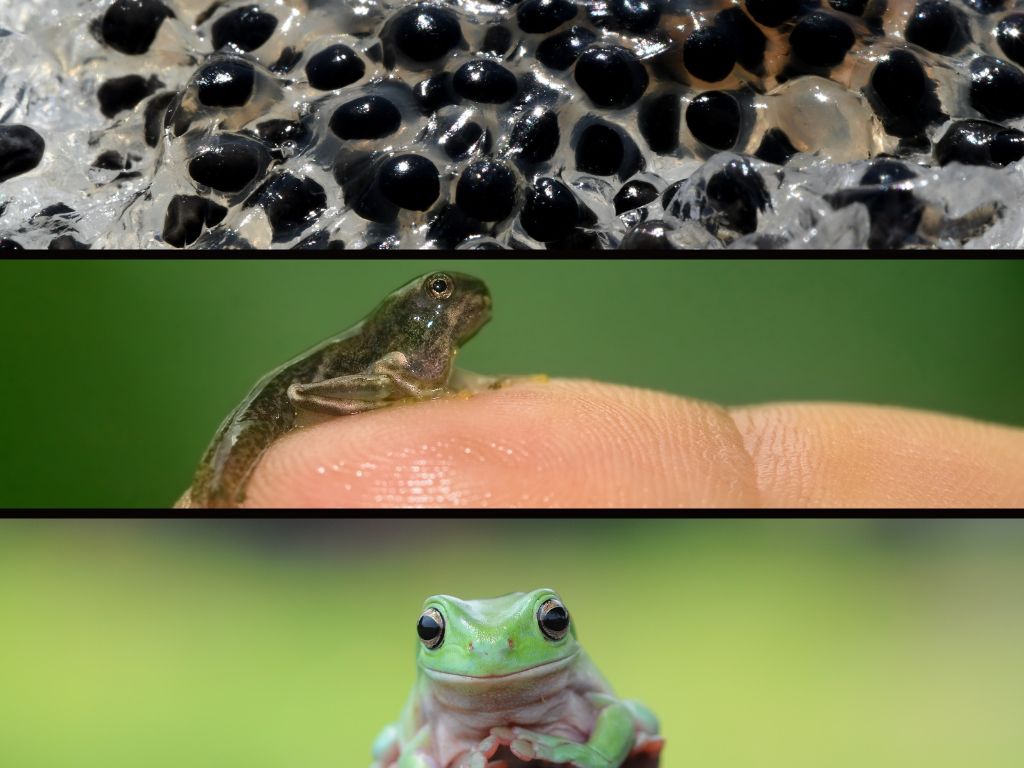
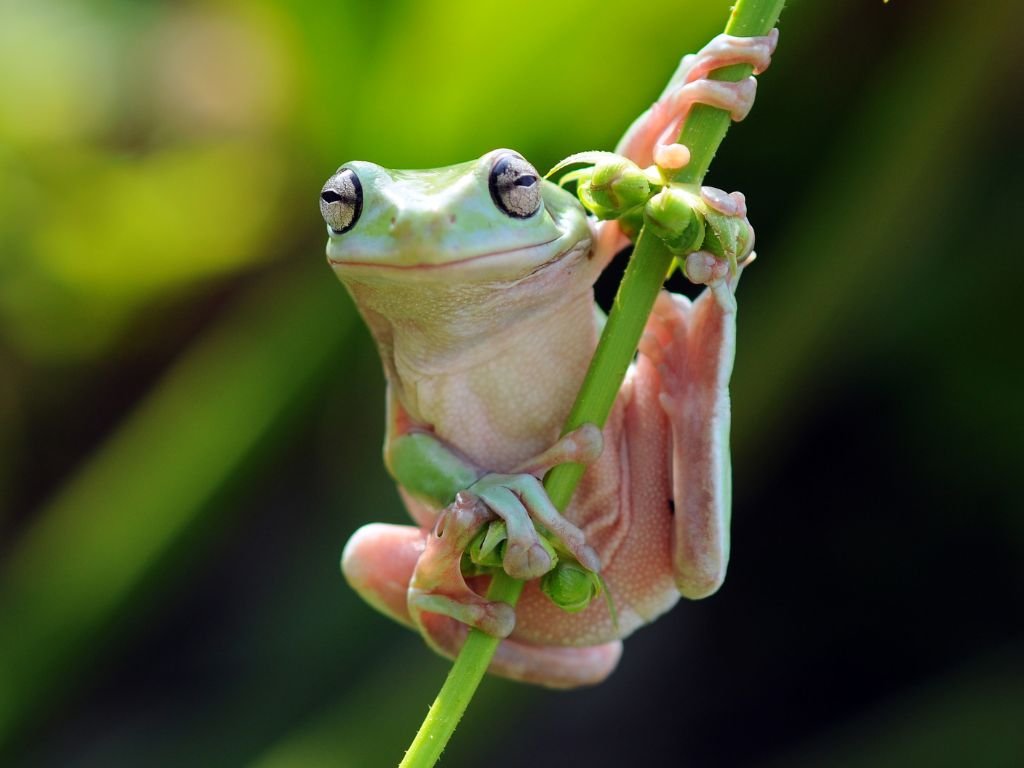
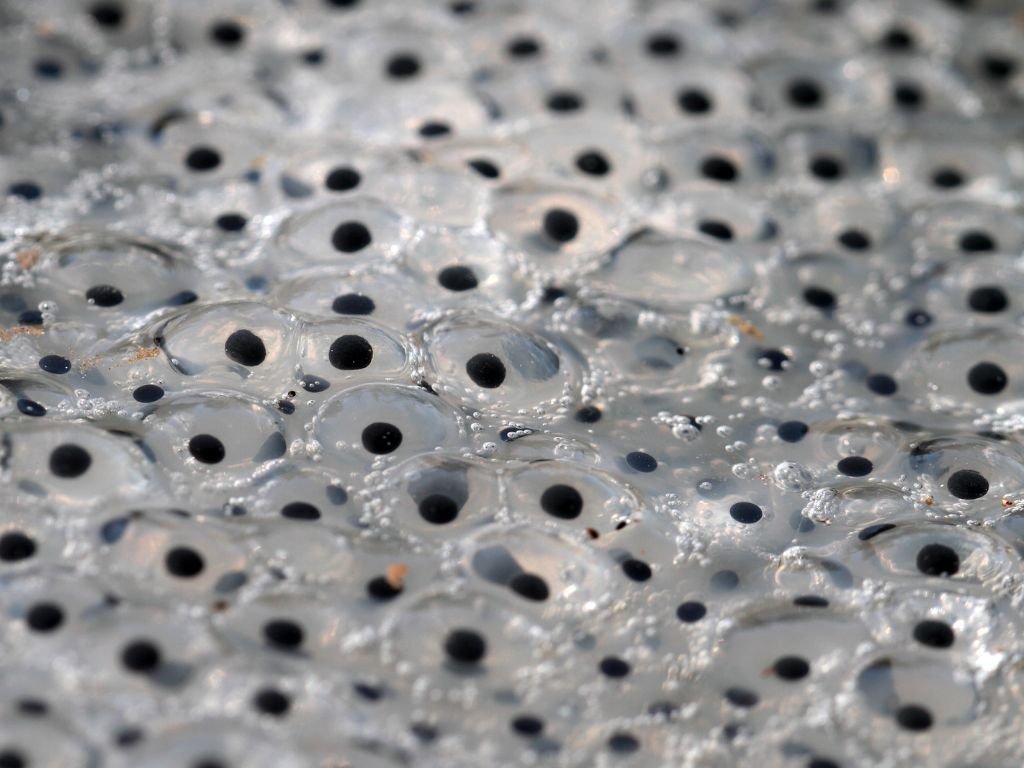
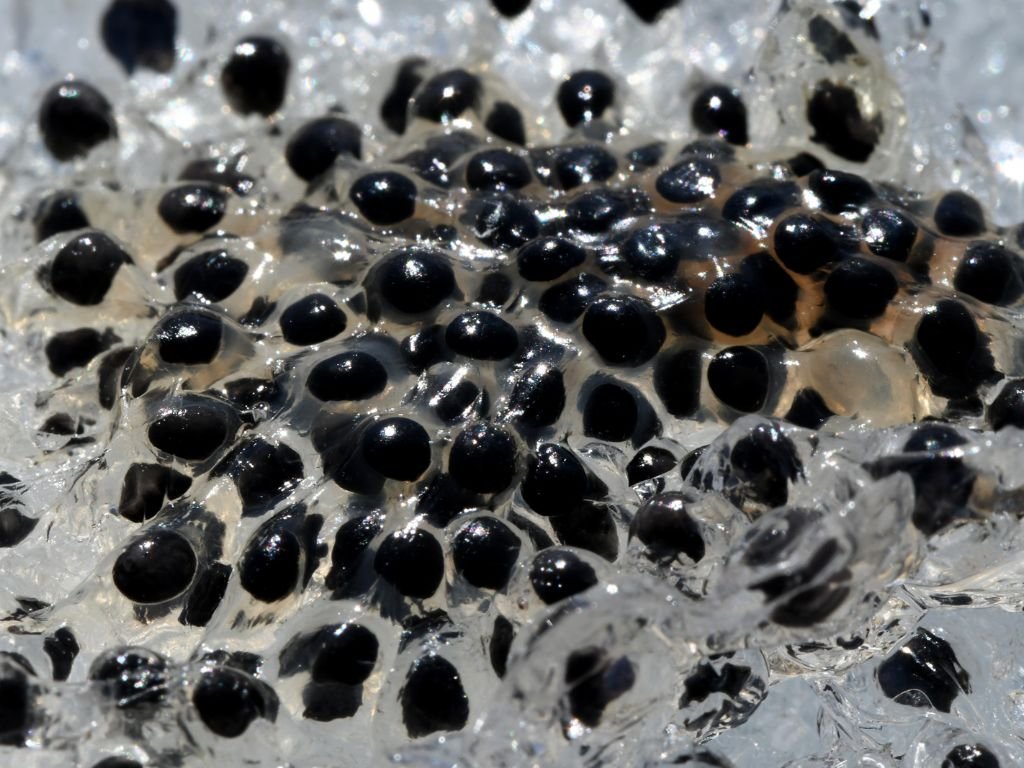
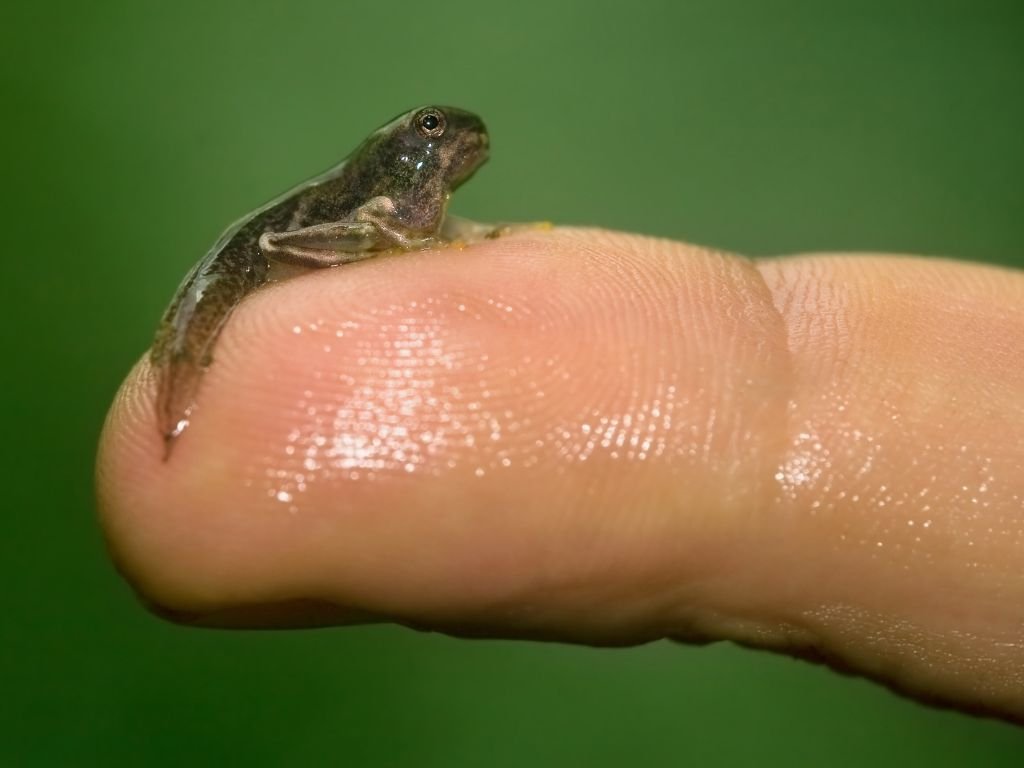
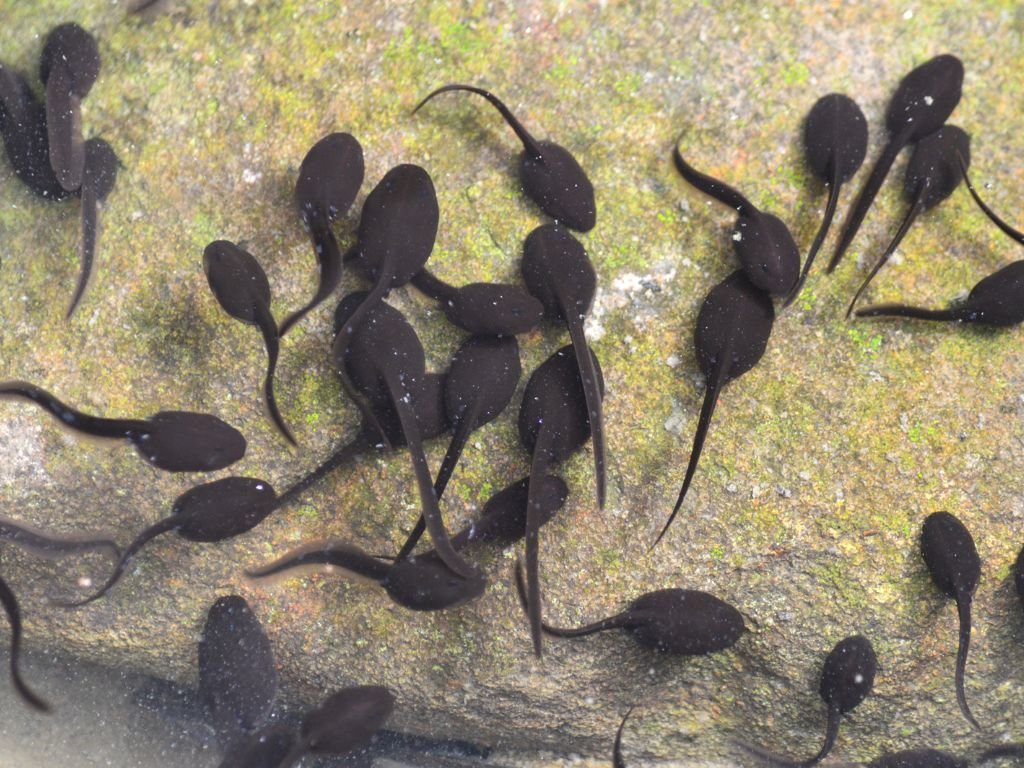
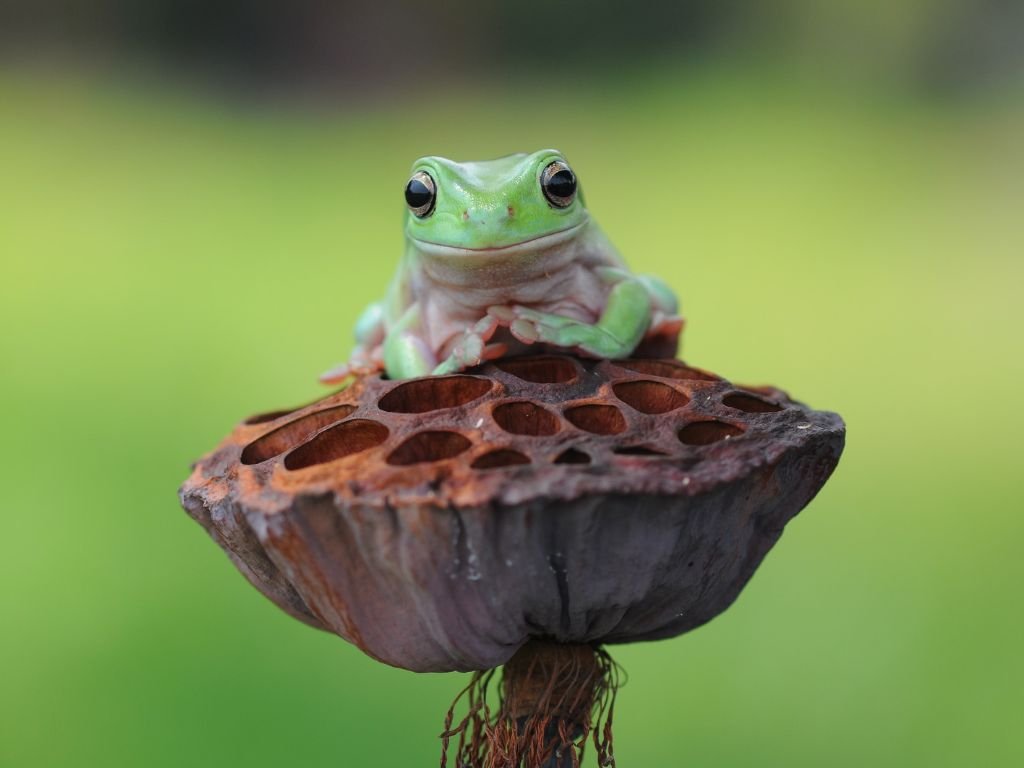
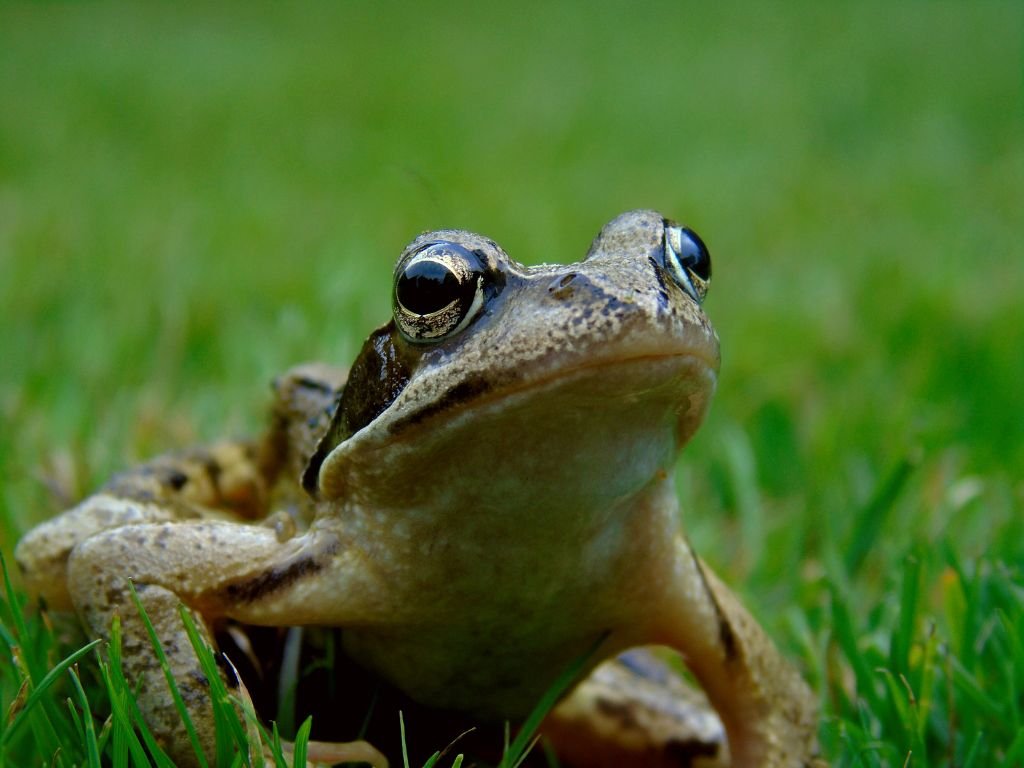





Leave a Reply